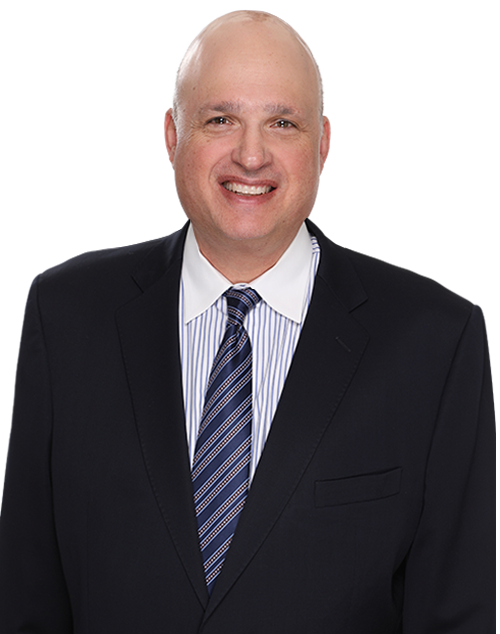Practices
Through successful posttrial motions and appeal, Horvitz & Levy obtained a reversal of a $36 million judgment, paving the way for a new trial in which the firm’s client faces vastly reduced liability exposure.
Arthur Putt and his wife sued Ford Motor Company and various other companies alleging that he developed mesothelioma from working with asbestos-containing brake parts. He worked with Ford products only about 8% of the time. The rest of the time he worked with products made by General Motors, Dodge, NAPA, and Pep Boys, among others.
At trial, the jury found that Ford’s brake products were defective and awarded the Putts $8.5 million in compensatory damages. The jury allocated 100% fault to Ford, even though undisputed evidence showed that brake products attributable to other sources were materially identical to those supplied by Ford. The jury also awarded $25.5 million in punitive damages.
Horvitz & Levy argued in posttrial motions that the punitive damages award was excessive. The trial court agreed with that argument and reduced the award to $8.7 million.
Horvitz & Levy then convinced the Court of Appeal to reverse for a new trial on allocation of fault and the amount of punitive damages. The jury’s 100% fault allocation was unsupported by substantial evidence because once the jury found Ford’s products were defective and caused the plaintiff’s disease, the jury could not also find the other entities on the verdict form who provided indistinguishable brake products that plaintiff used were not also at fault. The court rejected plaintiffs’ argument that Ford had to prove a precise percentage of fault. Moreover, the amount of punitive damages had to be retried along with the fault allocation because of “the potential for a jury to find that Ford’s violation is of a substantially smaller magnitude."




